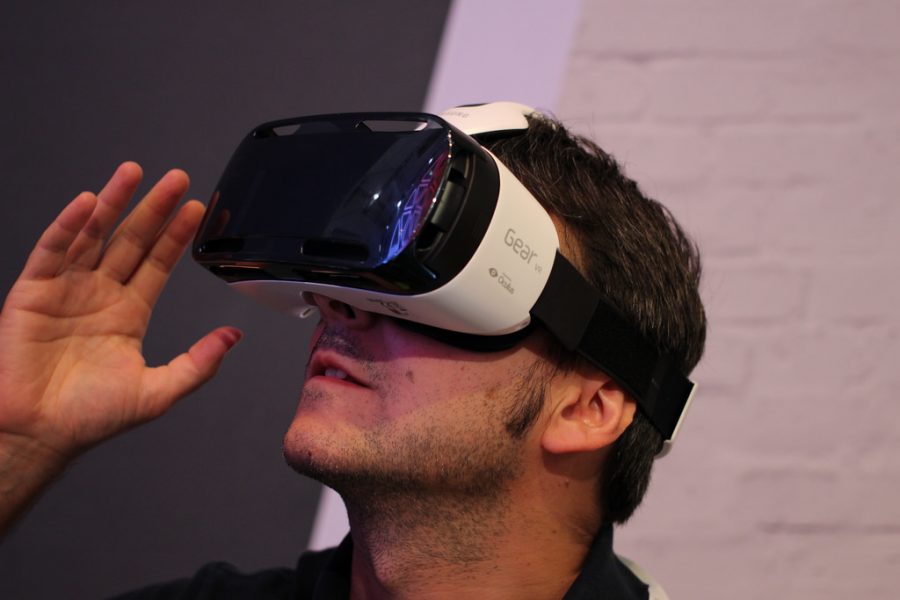Following the developments out of Ferguson, Missouri, the issue of police brutality and alleged racial shootings have come to the forefront of national news. Incidents such as the Tamir Rice shooting of 2014, during which Tamir, a twelve-year-old boy, was shot dead by police officers in Cleveland, Ohio, after they mistook a toy gun for a real one in a city park, have caused many to ask what truly motivates police officers during such incidents.
Three University researchers have taken public questions and attempted to derive the answers of what motivates police shootings. Using electroencephalography and virtual reality technology, Rick Houser, Dan Fonseca and Ryan Cook have measured the brain activity of officers in high-threat situations. In their visit to the University, they will display a demo of the VR simulation used in their study and discussing its impact in future police training.
WHO: Rick Houser and Ryan Cook of the College of Education, and Dan Fonseca of the College of Engineering, have conducted this interdisciplinary study, and will present their findings. The event is free and open to the public.
WHAT: The event will showcase the professors’ research as well as the technology they have used to conduct their study.
WHEN: The presentation will take place at 1 p.m., on March 29.
WHERE: The presentation will be held in room 1022 of the North Engineering Research Center.
WHY: The researchers hope to use the understanding gained from their research to improve police training and avoid fatalities.
“An officer who is able to understand the intentions of others may be more effective in making these high decisions and consequently lower the risk of shooting a community member, particularly those who are unarmed or an accidental shooting,” said Houser.









